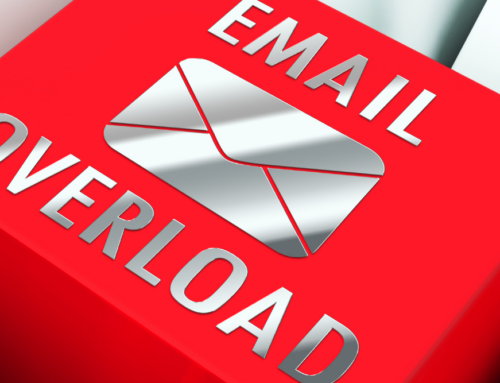On Tuesday, I shared with you the “new” metrics for email engagement, which include whether your emails are read before they are deleted and whether people are replying to or forwarding them.
It’s this engagement rate more than whether you have spammy content or design that affects whether your emails are delivered to the inbox these days.
But unfortunately, the metrics that inbox providers like Gmail and Outlook are looking at are not the same ones that we see when we look at the performance of the emails we send.
So what should you do with this information? What data should you be tracking, if not just opens and clicks on particular emails?
Measuring email engagement is about the intersection of the performance data on particular emails you’ve sent and the activity of your mailing list as a whole.
Take this overly simplified example . . .
Nonprofit A has a consistent open rate of 20% week to week. But it’s more or less the same 20% of their mailing list opening it every week with the other 80% rarely if ever opening an email.
Nonprofit B also has a consistent open rate of 20% week to week. But a much bigger percentage of their list is opening at least one email per month.
Which nonprofit is far better off? Nonprofit B!
Without a doubt, Nonprofit B has a much healthier email marketing reputation and strategy, because a much larger percentage of its list is engaging with at least some of its content in a relatively short amount of time, usually measured in months. Their odds of landing in the inboxes of new subscribers are WAY higher than Nonprofit A’s.
We started talking about tracking email list engagement back in March 2016, when we first shared our own research on our newsletter list. We’ve continued to write about it:
- Why Deleting People from Your Email List is a Good Thing
- The New Email Metric You Might Want to Try
- How We Cleaned Up our Email List and Re-Engaged Our Subscribers (Guest Post by Aubrey Brennan)
- Find Your Frequent Email Readers Using Excel
And now it’s more important than ever to your email success.
You need to know who on your list is opening emails regularly and who isn’t.
You need to try to re-engage those who are not.
Then, if they still don’t respond, you need to stop emailing them.
End of story.
Some ESPs (email service providers) and CRMs (constituent relationship management tools) make this easier than others, but over time, I suspect all of them will make these reports more easily available to you.
For example, our CRM, Infusionsoft, lets us pick the number of months after which if someone doesn’t open an email they are tagged as unengaged (we personally use three months). We can also set the number of months after which if there is no engagement at all they will automatically be moved to a “do not mail” status (we picked 12 months). We can also run reports asking for people who have engaged with an email in any given period of time, like the last 6 months or from January through March of this year.
Exactly how you find your engagement data will depend on which software you are using.
Here’s how MailChimp recommends you identify inactive subscribers.
In Salesforce, you can use the Subscriber Engagement and Unengaged Subscribers reports.
Can’t find it in your software? Reading the bulleted blog posts above for some tips on how to pull and analyze your lists.
I’ll continue to explore the ins and outs of your email marketing metrics and engagement this month. Stay tuned!






